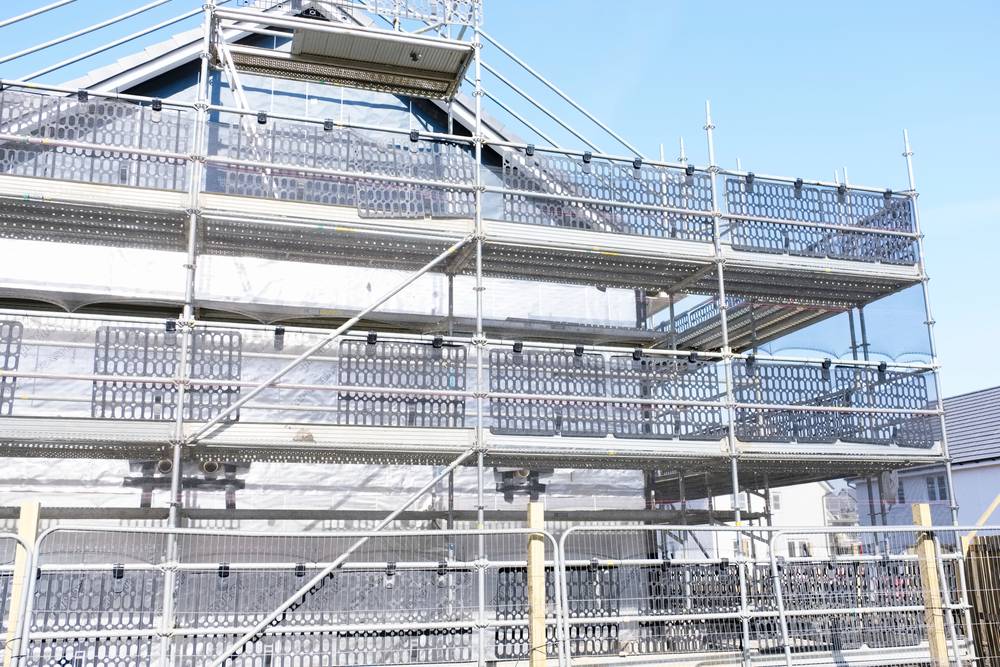Guidance for Scaffold Inspections and Risk Assessments
In the wake of the COVOD-19 pandemic, new guidelines have been released from the Scaffolding Association regarding risk assessments and site inspections.
As an associated member of the Scaffolding Association, Network Scaffold are adhering to new measures put in place to maintain social distancing and keep our workforce and the general public safe.
The Importance of Risk Assessments
A risk assessment is a key element to determining the frequency of periodic inspections and identifying scaffolds that may be at most risk from adverse weather.
Here are some points that should be considered for risk assessments on low risk and high-risk sites –
Low-Risk Sites
This type of site is usually self-contained with a low risk of the scaffold structure being compromised or components falling outside of the site boundary. Examples include –
- Site using scaffold that is less than 10 metres in height
- Sites with fencing or hoarding where the scaffold is not adjacent to the boundary
- A commercial site where the business operations have ceased
High-Risk Sites
This type of site will be situated in the public domain, or are self-contained with the scaffold structure at high risk of being compromised or components falling outside of the site boundary.
Here are four examples to note –
- Sites with scaffold over 10 metres in height
- A site using sheeted scaffolds or temporary roofs
- Sites adjacent to highways, transport areas or utilities
- A commercial site where the business operations continue to function
How to Undertake Scaffolding Inspections
The Government is currently advising that people, except for essential workers, to stay at home because of the direct risk to life from COVOD-19.
Where undertaking an inspection is necessary, guidelines should be considered and implemented.
Before attending site for inspections, you will need to have the following in place –
- The correct contact details of the Client or Principal Contractor
- Arrangements for gaining safe access to the site
- Suitable lone working procedures for the Scaffold Inspector
- COVOD-19 risk assessment for the Scaffold Inspector
- COVOD-19 risk assessment for any individuals required to carry out necessary remedial works
Want to Know More? Contact Us Today
If you have any more questions about scaffolding services provided by Network Scaffold, please get in touch now.

